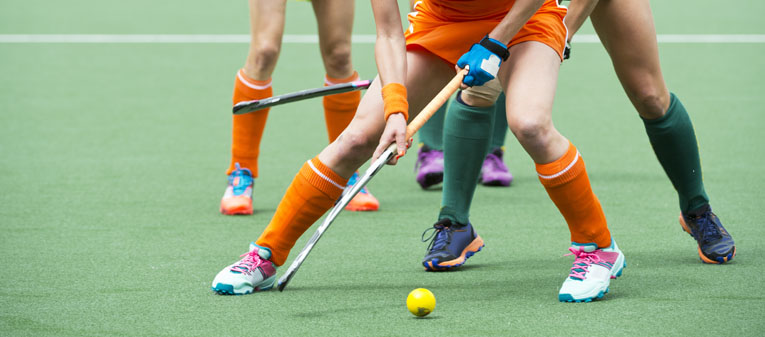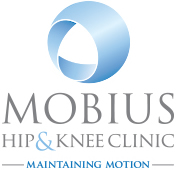
Knee arthroscopy
Knee arthroscopy gives us clear view of the inside of the knee. Technical advances have led to high definition monitors and high resolution cameras. These pieces of technology, along with other improvements, have made knee arthroscopy a very effective tool for treating knee problems.
Arthroscopy is usually performed under general anaesthesia. After making a few small incisions in your knee, a sterile solution will be used to fill the knee joint and rinse away any cloudy fluid. This helps us see your knee clearly and in detail. Then we will insert the arthroscope and use the image projected on the screen to guide it.
If surgical treatment is needed, we will insert tiny instruments through another small incision. These instruments might be probes, forceps, scissors, or motorised shavers. This part of the procedure usually lasts up to around an hour.
After the procedure (e.g. meniscal repair), we may close your incisions and cover them with a soft bandage. After surgery, recovery from knee arthroscopy is much faster than recovery from traditional open knee surgery.
To prevent swelling, you should keep your leg elevated as much as possible for a few days following surgery. You should also apply ice to relieve swelling and pain. Most patients need crutches or other assistance after arthroscopic surgery. We will tell you when it is safe to put weight on your foot and leg. Regarding any issues related with driving, we will discuss with you when you may drive. This decision is based on several factors, including:
- The knee involved
- Whether you drive an automatic car or manual car
- The nature of the procedure
- Your level of pain
- Whether you are using strong pain killers
- How well you can control your knee
We will prescribe pain medication to help relieve discomfort following your surgery and to lessen the risk of blood clots. You should exercise your knee regularly for several weeks after surgery as this will restore motion and strengthen the muscles of your leg and knee. Therapeutic exercise will play an important role in how well you recover.
As with any surgery, there are risks associated with knee arthroscopy. These occur infrequently and are minor and treatable. Potential postoperative problems with knee arthroscopy include:
- Infection
- Blood clots
- Accumulation of blood in the knee
- Mild numbness
Unless you have had a ligament reconstruction, you should be able to return to most physical activities after 16 weeks, or sometimes much sooner. Higher impact activities (e.g. rock climbing) may need to be avoided for a longer time.
The outcome of your surgery will likely be determined by the degree of damage to your knee.





